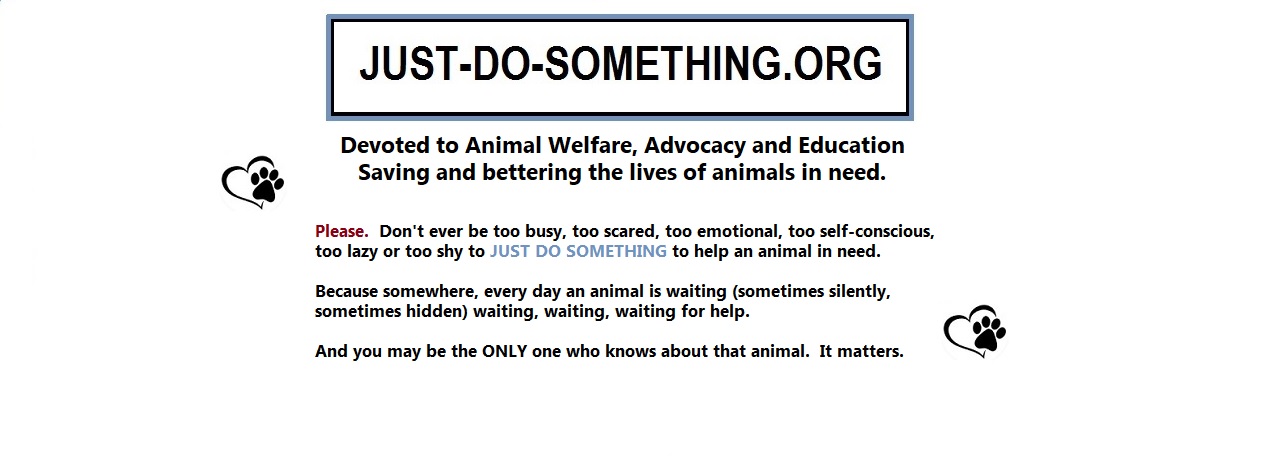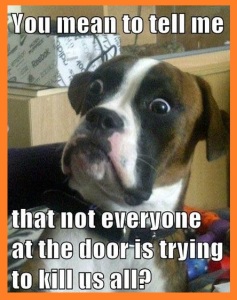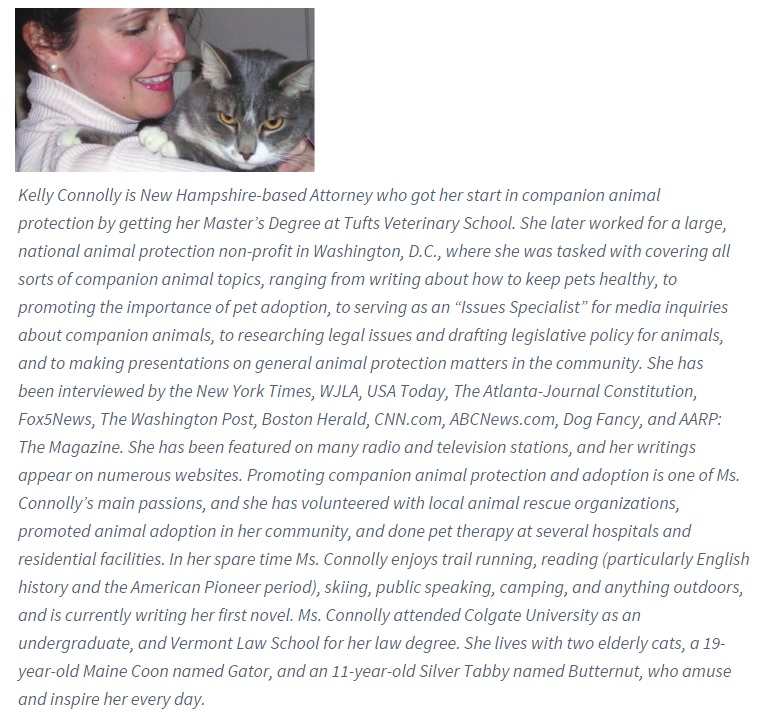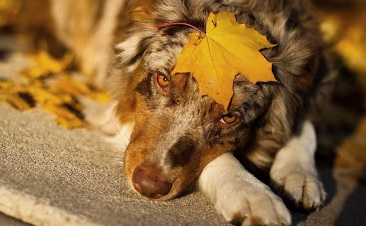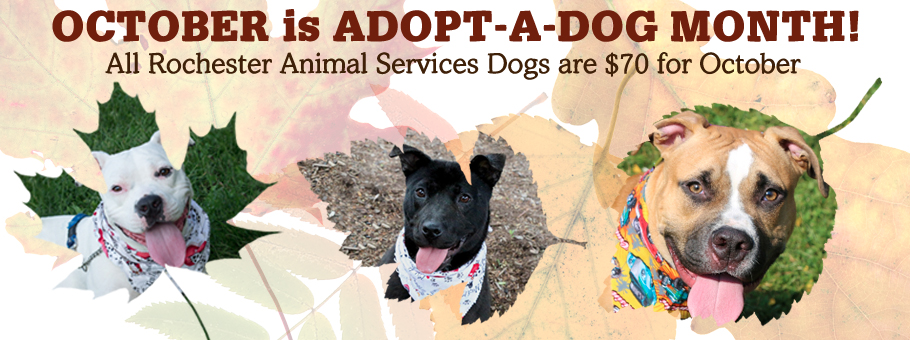Guest Blogger, Kelly Connolly (Attorney)
Before you Comment, take a moment to review our guidelines!
Make It a Safe Halloween for your Pets!
Do you believe in Magic? This time of the year is particular magical, holding promises of fun and fantasy for the young and old. After all, Halloween is coming up! For kids especially, that sacred tradition of pretending to be someone-or someTHING-else in order to get sweet treats from your neighbor down the block is a time to look forward to from the moment school begins.
But for every tasty treat this holiday offers your human family, Halloween can play some icky tricks on your furry one. In order to keep your four-legged friends safe this Halloween season, the following is a list of safety tips to follow.
No candy here
- They say that cats can’t taste anything sweet because they lack a specific protein receptor, but don’t tell me that! My cat loves sweet temptations like ice cream, yogurt, oatmeal with brown sugar, and, of course, chocolate. (By the way, cats aren’t the only animals who can’t taste sweet morsels-dolphins and spotted hyenas can’t either!) But as much as you may want to, please resist the temptation to offer your kitty or doggie a chocolate or candy Halloween snack. Many of these treats today contain Xylitol, a type of artificial sweetener that can make animals, especially dogs, very sick. If large amounts of Xylitol are ingested, it can even prove fatal. Other common Halloween treats could be toxic to animals too, including raisins, Macadamia nuts, and apple seeds.
- If your pet does accidentally ingest something toxic (ever), you should immediately call your veterinarian or an animal poison center for advice, like the Pet Poison Hotline at 855-886-7965 (online at www.petpoisonhelpline.com). Just remember, that to keep them truly safe, instead of giving your pets candy or chocolate kisses, give them real ones instead!
Deceptively dangerous decorations
- Many Halloween decorations have hanging chains, artificial spider webs, and long pieces of rope attached. An inquisitive pet could eat these items, which could then end up twisting inside their intestine or causing a serious intestinal blockage, possibly leading to a life-threatening condition. Dangling, loose, and other smaller decorations can also pose a choking risk to your pet. And, as cute as it may be, try to resist the temptation to dress up your pet Dachshund in a hot dog costume, because many pet costumes also have ribbons and loose threads that can be ingested. It can also stress your pet to be bundled into a restrictive costume on a night that is already going to be hectic and chaotic enough. Lastly, remember to be especially careful lighting that candle in your jack-o’-lantern! You don’t want your fuzzy friend to accidentally knock a candle over in the house or end up with singed whiskers or paws from getting too close to the flame.
Anxious pets and hectic holidays
- If you’re like me and have a dog who can’t resist charging 100 mph to the front door at the ringing of the doorbell, or a cat who likewise scrambles under the bed at the sound of outside footsteps, do the right thing by putting them in a room away from the activity and making sure to close the door behind you. The constant stream of trick-or-treaters can be a huge stressor for a pet who is not used to constant stimulation. Out of fear, stressed animals are more likely to act angrily towards other people and animals.
- The combination of a stressed-out dog and a sugar-stimulated child could result in disastrous consequences for that child, and for you, too. So throw your buddies their own Halloween party by finding an empty bedroom or closet, putting on some soft music or a white noise machine to drown out scary sounds, setting out fresh water, and laying down a comfy blanket or sweatshirt for your four-legged little monster to curl up on. And don’t forget the biscuits and catnip!
Always by your side
- On Halloween and “Mischief Night” (the night before All Hallows Eve), there are always people who try to wreak havoc on your neighborhood. Toilet-papering trees and decorating your mailbox with shaving cream can be the least of it. Black cats may be lucky in Ancient Egypt, and modern-day Scotland and Japan, but there are some people who don’t feel the same way. On Halloween night, with so many people roaming the streets, there may be some who want to steal your pet, or any animal, regardless of color, for decidedly nefarious purposes. To be on the safe side, make sure your animals remain inside for several days, or even weeks, before and after Halloween. And remember that for pet cats, the only truly safe place for them to be is inside your house!
Identification Required
- Always make sure your pets wear a collar, regardless of whether they are indoor-only or outside-friendly. On Halloween in particular, it is very easy for an animal to escape unnoticed through a constantly-opening door. Halloween is chock full of outdoor activities that could scare and traumatize even the friendliest and most outgoing of pets, so make sure your companion’s collar lists your cell phone number along with your home number in case you are out looking for your pet and their rescuer can’t reach you at home. And always have another collar made with your pet’s new address every time you move. This may mean the difference between a pet who ends up hopelessly wandering unfamiliar and dangerous terrain, and one who comes back safely to a happy and healthy home.
These are just a few safety precautions you can take to make All Hallows Eve as fun for your pets as it is for your children. Remember though, that accidents can happen, so you want to have your vet’s emergency number on hand, along with a list of your pets’ medications and medical conditions. All you need to do is treat your four-legged friends as carefully and with as much love as you do your two-legged ones. And I hope you and your pets have a safe and happy Halloween! Boo!
Kelly Connolly is an Eastern attorney who got her start in companion animal protection after attending Tufts Veterinary School for her master’s degree. For many years she worked at an animal protection organization focusing on pet issues like adoption, safety, health, and legislation. She has also volunteered for pet therapy programs, shelters, and rescue organizations. Her many interviews include: The New York Times, USA Today, CNN.com, WJLA-TV, and WICC radio. She shares her home with two adopted cats, a 19-year-old Maine Coon mix named Gator, and an 11-year-old Silver Tabby named Butternut, who amuse and inspire her every day.
